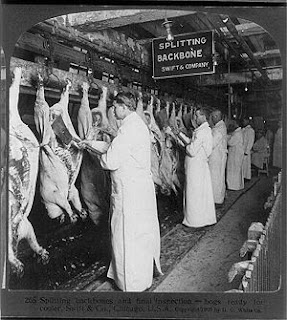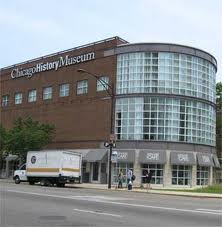Metropolitan Area Residents (CMSA)
2000: 9,157,450
Percent change, 1990–2000: 23.6%
U.S. rank in 2000: 3rd
City Residents
1980: 3,005,000
1990: 2,783,726
2000: 2,896,016
2003 estimate: 2,869,121
Percent change, 1990–2000: 4%
U.S. rank in 1980: 2nd
U.S. rank in 1990: 3rd
U.S. rank in 2000: 3rd
Density: 12,750.3 people per square mile (2000)
Racial and ethnic characteristics (2000)
White: 1,215,315
Black or African American: 1,065,009
American Indian and Alaska Native: 10,290
Asian: 125,974
Native Hawaiian and Pacific Islander: 1,788
Hispanic or Latino (may be of any race): 753,644
Other: 393,203
Percent of residents born in state: 57.7% (2000)
Age characteristics (2000)
Population under 5 years old: 216,868
Population 5 to 9 years old: 224,012
Population 10 to 14 years old: 200,802
Population 15 to 19 years old: 200,962
Population 20 to 24 years old: 239,252
Population 25 to 34 years old: 533,199
Population 35 to 44 years old: 433,268
Population 45 to 54 years old: 330,507
Population 55 to 59 years old: 116,932
Population 60 to 64 years old: 99,757
Population 65 to 74 years old: 159,915
Population 75 to 84 years old: 103,720
Population 85 years and over: 35,168
Median age: 31.5 years
Births (2003) Total number: 48,044
Deaths (2002) Total number: 22,298 (of which, 412 were infants under the age of 1 year)
Money income (1999)
Per capita income: $20,175
Median household income: $38,625
Total households: 1,061,964
Percent of families below poverty level: 16.6% (48.6% of which were female householder families with related children under 5 years)



